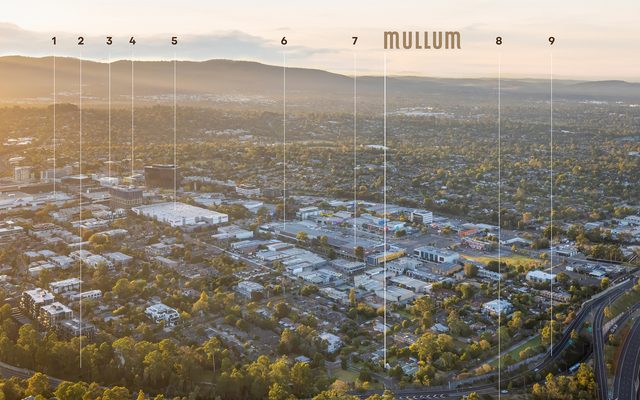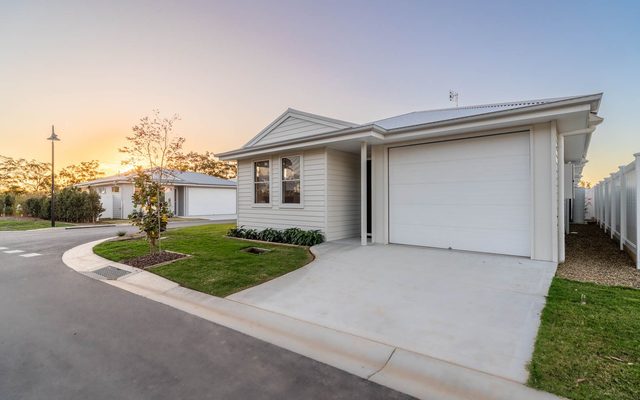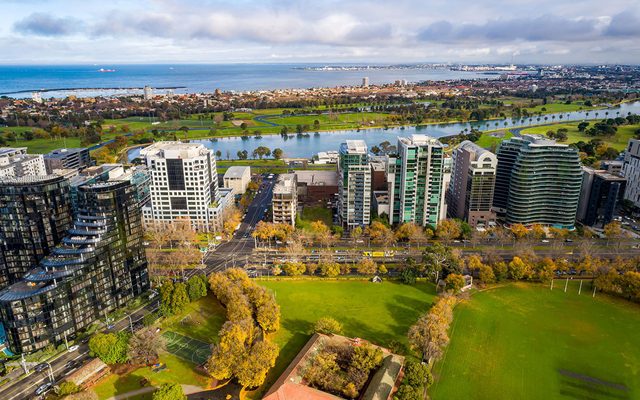This article is from the Australian Property Journal archive
WHILE Australia experienced a record increase in population over 2022-23, 20% of new arrivals weren’t entering the private housing market but rather filling existing capacity in “non-private dwellings”.
According to KPMG, overall growth was driven by Australia’s net international migration, which reached 375,000 due to the return of international students and working holidaymakers.
This is greater than 50% above the levels in the year prior to the onset of the pandemic, while at the same time the natural population increase–births less deaths–decreased to the lowest level in 20 years.
Many new arrivals filled spare capacity in “non-private dwellings” such as student accommodation and worker housing, which saw a population increase of 100,000 in 2022-23.
“While we have seen strong net international migration, the notion that it is all being accommodated in the private housing market is a bit of a misconception,” said Terry Rawnsley, urban economist at KPMG.
“It is true that student accommodation has played a major role in the growth of ‘non-private dwellings’, but we have also observed a rebound in the trend of people shifting into aged care homes which was disrupted during the COVID pandemic.”
The number of people living in “non-private dwellings” returning to 2018-19 levels of around 864,000 people.
While the population in traditional housing increase by 393,000, which is only around 5% higher than the pre-COVID trend.
“The increases in international student and aged care populations are largely a release of bottle necks caused by COVID. We are seeing many people moving into existing ‘non-private dwellings’ that had been underutilised during the pandemic,” added Rawnsley.
“Population growth in regional Australia’s ‘non-private dwellings’ was influenced by workers accommodation across the tourism, mining and horticultural sectors.”
“While demand for workers remains solid, the lack of housing will be a constraint to attracting key workers into Australia.”
Unsurprisingly, population growth has also been primarily focused in major capital cities, with 45% focused in Sydney and Melbourne and 25% in Brisbane and Perth.
Perth had the highest annual growth rate of 2.7%, followed by Brisbane at 2.5%, Melbourne at 2.2% and Sydney at 2.0%.
While the remainder of Australia recorded annual population growth of 1.3%, which is the highest since 2017-18.
Population growth over the next year is forecast to be much lower, coming in at around 300,000 to 350,000 people.




